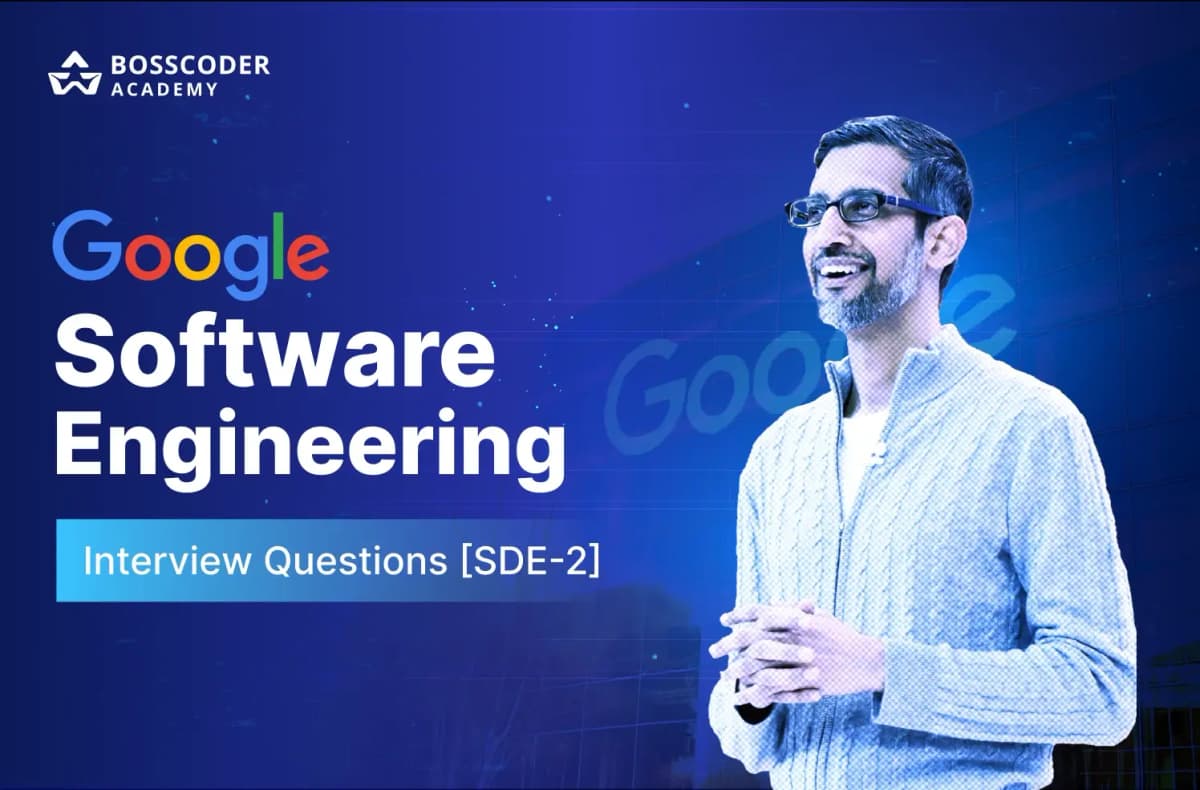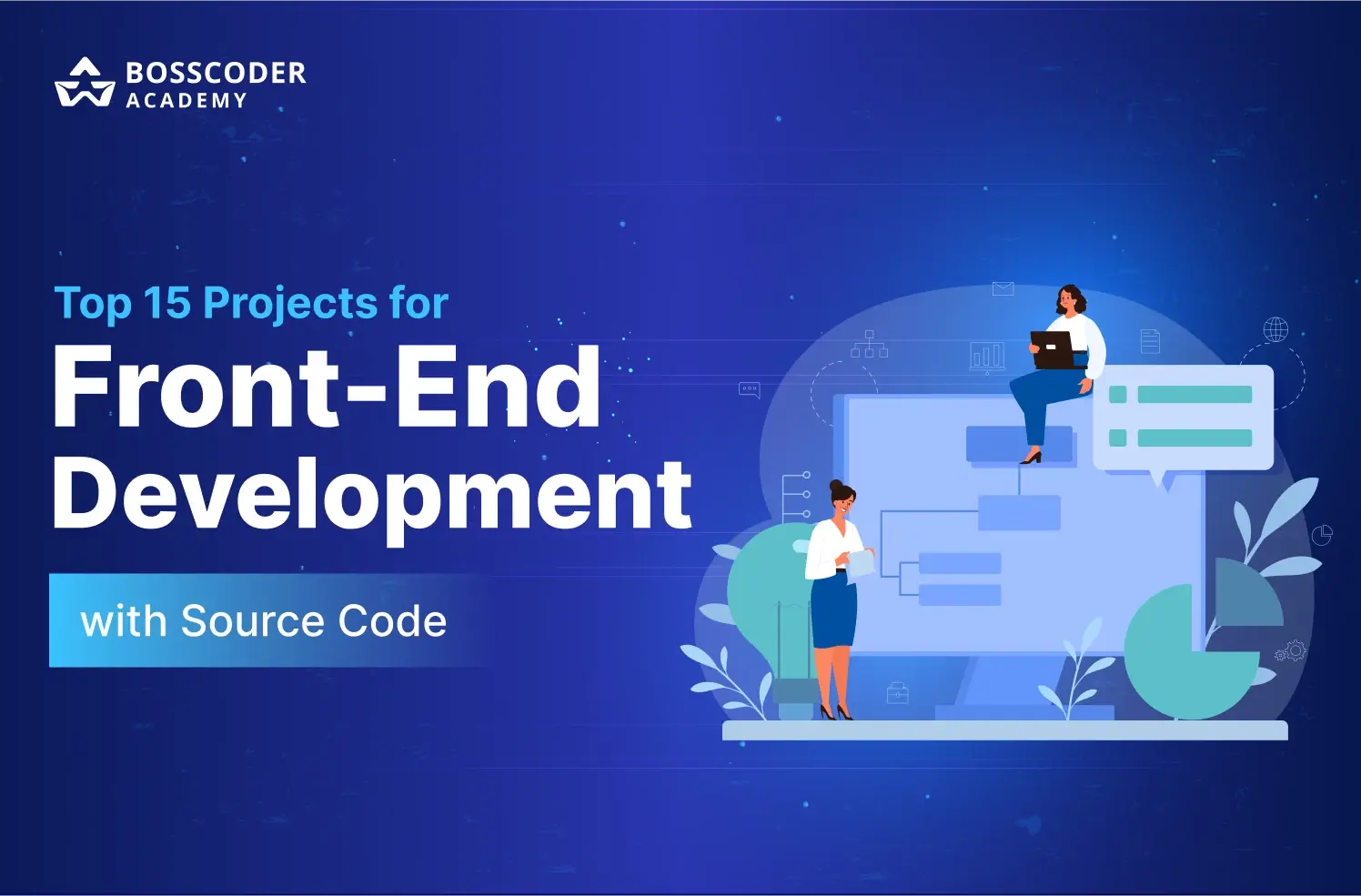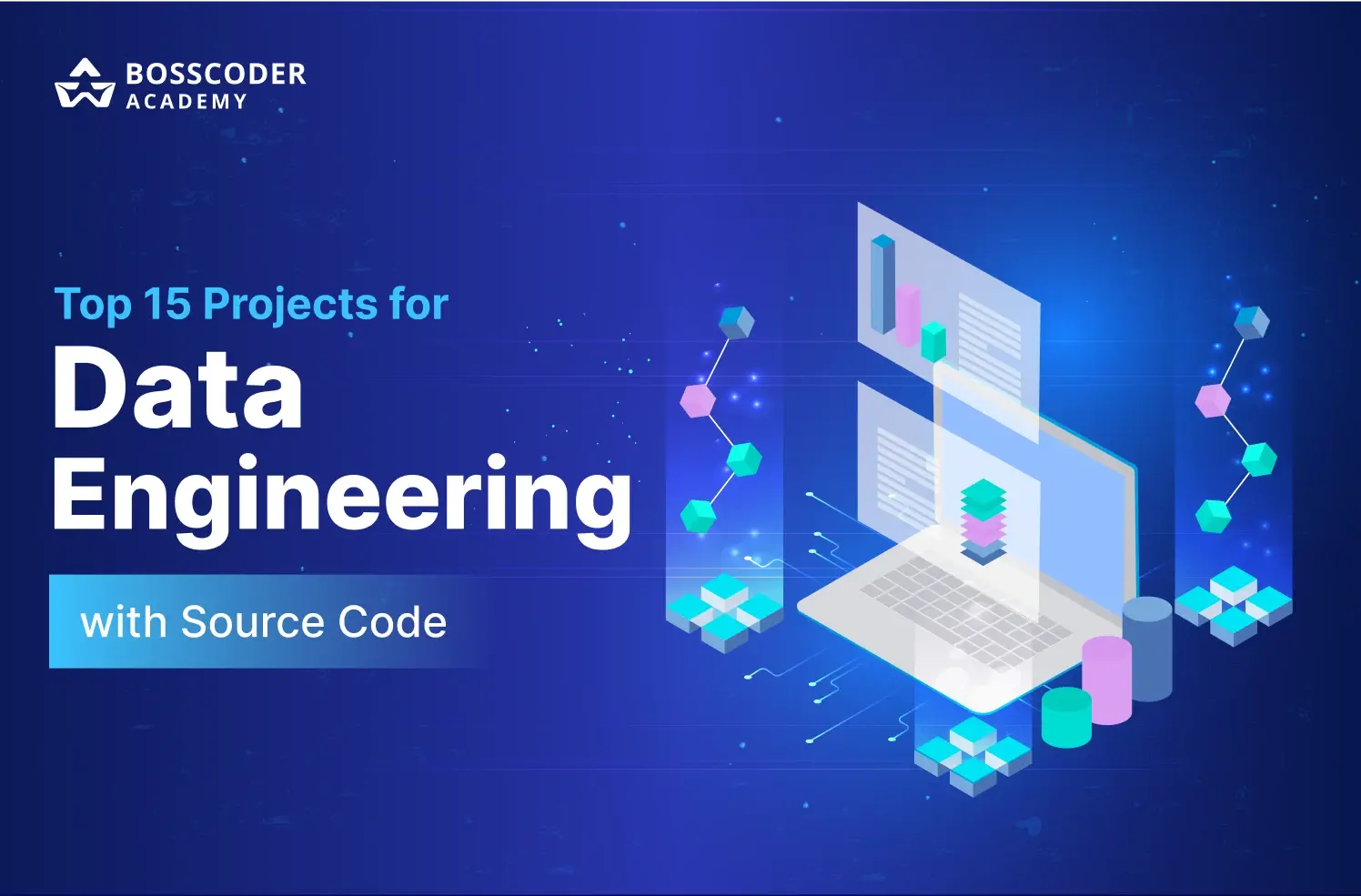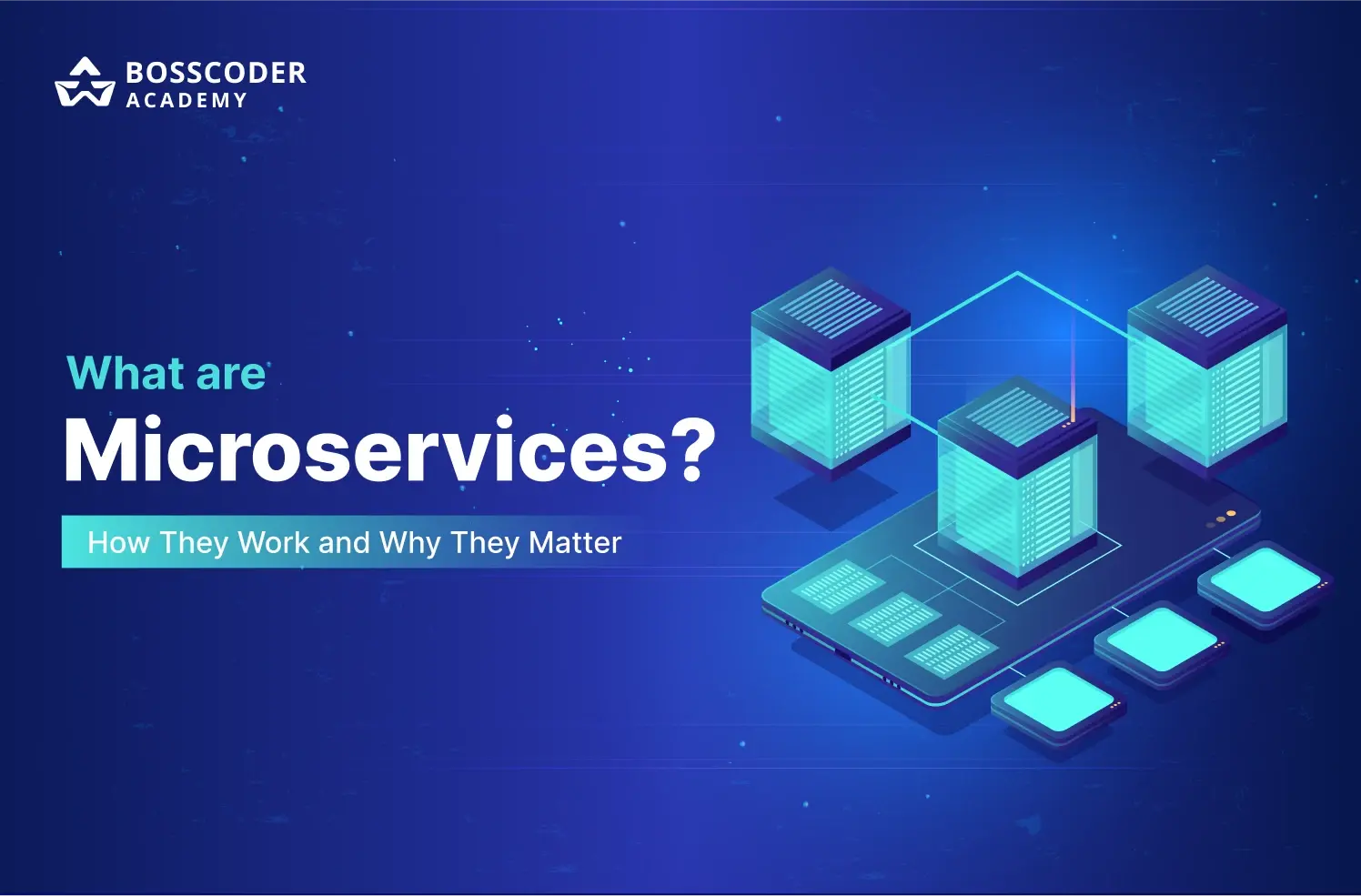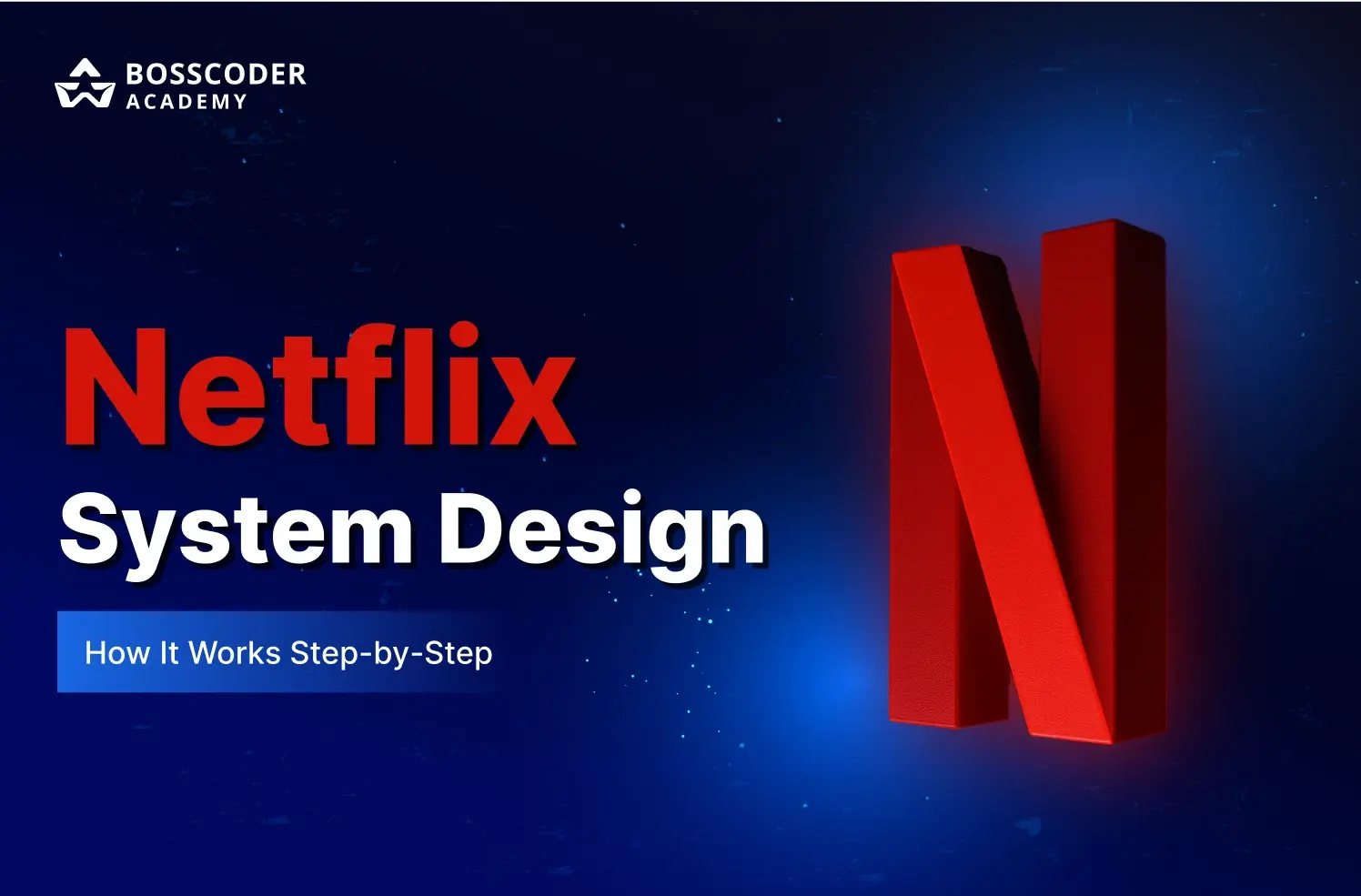Prerequisites:
- Basic understanding of JavaScript: Node.js is built on JavaScript, so having a solid foundation in JavaScript programming is essential.
- Familiarity with web development: Knowledge of web development concepts such as HTTP, client-server architecture, and RESTful APIs will be beneficial.
- Command-line interface (CLI) familiarity: Being comfortable with using the command line will help you navigate and work with Node.js effectively.
Resources to Learn Node.js:
- Official Node.js documentation: Start by exploring the official Node.js documentation, which provides in-depth explanations and examples of Node.js features and modules.
- Online tutorials:
Dave Grey: https://www.youtube.com/watch?v=f2EqECiTBL8
The Net Ninja: https://www.youtube.com/watch?v=zb3Qk8SG5Ms&list=PL4cUxeGkcC9jsz4LDYc6kv3ymONOKxwBU
FreeCodeCamp: https://www.youtube.com/watch?v=RLtyhwFtXQA
- Books: "Node.js in Action" by Mike Cantelon, "Learning Node.js" by Marc Wandschneider, and "Node.js Design Patterns" by Mario Casciaro are highly recommended resources for learning Node.js.
- Online communities and forums: Engage with the Node.js community through forums like the official Node.js forum, Reddit's r/node, and Stack Overflow. Participate in discussions and seek help when needed.
Important Concepts to Learn in Node.js:
- Event-driven architecture: Understand the event loop and non-blocking I/O model that allows Node.js to handle concurrent operations efficiently.
- Modules and NPM: Learn to work with modules in Node.js and utilize the extensive ecosystem of NPM packages for various functionalities.
- Asynchronous programming: Master asynchronous concepts, including callbacks, promises, and async/await, to handle I/O operations and avoid blocking the event loop.
- Express.js: Gain proficiency in Express.js, a popular web application framework for Node.js, to build robust and scalable web APIs and servers.
- Database integration: Explore different database options (e.g., MongoDB, MySQL) and learn how to connect and interact with databases using Node.js.
- Authentication and security: Understand authentication and authorization mechanisms, implement user authentication with frameworks like Passport.js, and learn best practices for securing Node.js applications.
- Error handling and debugging: Learn techniques for error handling, debugging, and logging in Node.js to troubleshoot issues and improve application reliability.
- Deployment and scaling: Familiarize yourself with deployment strategies and tools like Docker and cloud platforms (e.g., AWS, Heroku) to deploy and scale Node.js applications.
Projects:
Realtime Chat with Users and Rooms:
- The project involves building a chat application using Node.js, Express, and WebSockets for real-time communication.
- The application will have a server-side component implemented with Node.js and Express, responsible for handling HTTP requests and managing WebSocket connections.
- WebSockets will be utilized to establish bidirectional communication channels between the server and clients, enabling real-time messaging and updates in the chat app.
- The client side will be built with HTML, CSS, and JavaScript, leveraging Socket.IO library to establish WebSocket connections with the server and handle real-time chat functionality.
Sample Project: https://www.youtube.com/watch?v=jD7FnbI76Hg&list=PL9iaMyazOxXsIl-WQV9hoVmnHYy49DuVl&index=3
GitHub: https://github.com/bradtraversy/chatcord
GeoJSON API & App | Store Locator:
- Design and set up the API: Create a new project and set up a Node.js server using a framework like Express.js. Configure the necessary routes and endpoints for handling requests related to store locations.
- Store Data and GeoJSON: Set up a data source (such as a database or a JSON file) to store the information about the store locations. Structure the data in GeoJSON format, which includes coordinates (latitude and longitude) along with any additional properties like store name, address, or other relevant details.
- Implement API endpoints: Define API endpoints for retrieving store data. For example, you might have an endpoint to retrieve a list of all store locations or an endpoint to fetch a specific store's details based on an ID or search parameters. These endpoints should return the store data in GeoJSON format.
- Geolocation-based queries: Implement functionality to handle geolocation-based queries, allowing users to search for nearby stores based on their current location. This could involve calculating distances between user coordinates and store locations, filtering and sorting the results, and returning the nearest stores within a specified radius.
Sample Project: https://www.youtube.com/watch?v=9FQrFah9rnc&list=PL9iaMyazOxXsIl-WQV9hoVmnHYy49DuVl&index=4
GitHub: https://github.com/bradtraversy/store_locator_api
Discord Bot:
- Logging the Bot In: The process of logging the bot into the Discord server, establishing a connection between the bot and the server.
- Basic Events: handles basic events in Discord, such as the "ready" event, which is triggered when the bot successfully connects to the server.
- Ready Event: The ready event is implemented to perform certain actions when the bot is ready, such as printing a message in the console or setting the bot's status.
- Bot Responses: Handle incoming messages and implement bot responses. The bot can detect and respond to messages sent in the Discord server.
- Kick and Ban Commands: Implementation of kick and ban commands, allowing the bot to perform moderation actions like kicking or banning users from the server based on specific commands.
- Message Reactions: Handle message reactions in Discord. The bot can detect when a user reacts to a message and perform actions based on the reaction.
Sample Project: https://www.youtube.com/watch?v=BmKXBVdEV0g&list=PL9iaMyazOxXsIl-WQV9hoVmnHYy49DuVl&index=5
GitHub: https://github.com/bradtraversy/chatcord
Zoom Clone:
Create the server-side:
- Set up an Express server to handle HTTP requests.
- Implement WebSocket integration using Socket.IO to enable real-time communication between clients.
- Implement endpoints for handling user authentication, creating/joining video conferences, and managing video/audio streams.
Implement video and audio streaming:
- Utilize WebRTC (Real-Time Communication) APIs to enable peer-to-peer video and audio streaming between clients.
- Set up signaling mechanisms to establish connections between clients and exchange session information.
Handle user authentication and authorization:
- Implement user authentication using technologies like JSON Web Tokens (JWT) or session-based authentication.
- Manage user sessions, track user presence in conferences, and validate permissions for specific actions.
Create the client-side:
- Design and develop the user interface using HTML, CSS, and JavaScript.
- Implement functionalities for joining/creating conferences, displaying video streams, enabling audio/video controls, and managing chat functionality.
Implement additional features:
- Add features such as screen sharing, recording sessions, muting/unmuting participants, and managing conference settings.
- Implement chat functionality for real-time text communication between participants.
- Consider integrating additional technologies like WebSockets, WebRTC libraries (e.g., SimpleWebRTC, PeerJS), or third-party APIs to enhance functionality.
Sample Project: https://www.youtube.com/watch?v=ZVznzY7EjuY&list=PL9iaMyazOxXsIl-WQV9hoVmnHYy49DuVl&index=6
GitHub: https://github.com/CleverProgrammers/nodejs-zoom-clone
URL Shortener:
- Set up the project: Initialize a new Node.js project and install the necessary dependencies, such as Express (for server-side development) and a database (e.g., MongoDB) for storing the URL mappings.
- Create the server-side functionality: Implement routes and controllers in Express to handle incoming HTTP requests. This includes endpoints for shortening long URLs, redirecting short URLs to the original long URLs, and retrieving statistics (e.g., number of clicks) for each short URL.
- Generate short URLs: Develop a function to generate unique and short codes for the shortened URLs. This can involve techniques such as base conversion, hashing, or generating random strings.
- Store and retrieve URL mappings: Utilize a database to store the mappings between the short URLs and their corresponding long URLs. Implement functionality to save the mappings when a new URL is shortened and retrieve the original URL when a short URL is accessed.
- Additional features: Enhance the URL shortener with additional features such as URL validation, error handling, rate limiting to prevent abuse, and analytics to track clicks and user engagement.
Sample Project: https://www.youtube.com/watch?v=gq5yubc1u18&list=PL9iaMyazOxXsIl-WQV9hoVmnHYy49DuVl&index=10
GitHub: https://github.com/CodingGarden/miniature-umbrella
API Authentication:
Define the user model:
- Use Mongoose to create a user model/schema that represents the structure of user data in the database.
- Include fields such as username, password (hashed), email, and any other required or optional information.
Implement user registration:
- Create an API endpoint to handle user registration.
- Validate and sanitize user input.
- Hash the password using bcrypt.js and store the user data in the MongoDB database.
Implement user login:
- Create an API endpoint to handle user login.
- Validate user credentials against the stored hashed password.
- Generate a JWT token using jsonwebtoken and send it back to the client.
Implement private routes:
- Create middleware that checks the JWT token in the request headers to authenticate private routes.
- Protect sensitive routes by verifying the token and allowing access only to authenticated users.
Handle authentication in other applications:
- Provide documentation or instructions on how to integrate and use the authentication API in other applications.
- Explain how to send requests to the registration and login endpoints and how to include the JWT token in subsequent requests to access private routes.
Additional features:
- Implement features such as password reset functionality, token expiration, token refresh, or any other desired authentication-related functionalities.
Sample Project: https://www.youtube.com/watch?v=2jqok-WgelI&list=PL9iaMyazOxXsIl-WQV9hoVmnHYy49DuVl&index=19
Mailing List with Node.js:
- Implement routes and controllers in Express to handle mailing list operations such as subscribing users, managing subscriptions, and handling email campaigns.
- Utilize the SendinBlue API client package to interact with the SendinBlue service and perform operations like adding subscribers, managing subscription preferences, and sending emails.
- Implement error handling and validation to ensure the smooth functioning of the mailing list operations.
- Test the mailing list functionality thoroughly and deploy the Node.js application to a server or cloud platform for production use.
Sample Project: https://www.youtube.com/watch?v=LEQa6TJmZgQ&list=PL9iaMyazOxXsIl-WQV9hoVmnHYy49DuVl&index=31
GitHub: https://github.com/JackHeTech/Emailer
File Sharing App:
- Set up a Node.js project to create a file upload API, integrating the Multer package for handling file uploads and storing them on the server.
- Implement functionality to download files from the Node.js server, allowing users to retrieve uploaded files or any other desired files.
- Utilize Node.js and Express.js to send emails, leveraging email sending libraries like Nodemailer or integrating with email service providers like SendGrid or Mailgun.
- Deploy the Node.js project on Heroku, a free hosting platform, to make the API accessible over the internet.
- Implement scheduled cron jobs on the server using libraries like node-cron or cron to automate specific tasks or processes at predefined intervals or times.
Sample Project: https://www.youtube.com/watch?v=_xKCi5OI_Mg&list=PL9iaMyazOxXsIl-WQV9hoVmnHYy49DuVl&index=36
GitHub: https://github.com/codersgyan/inshare-file-sharing-app-api




